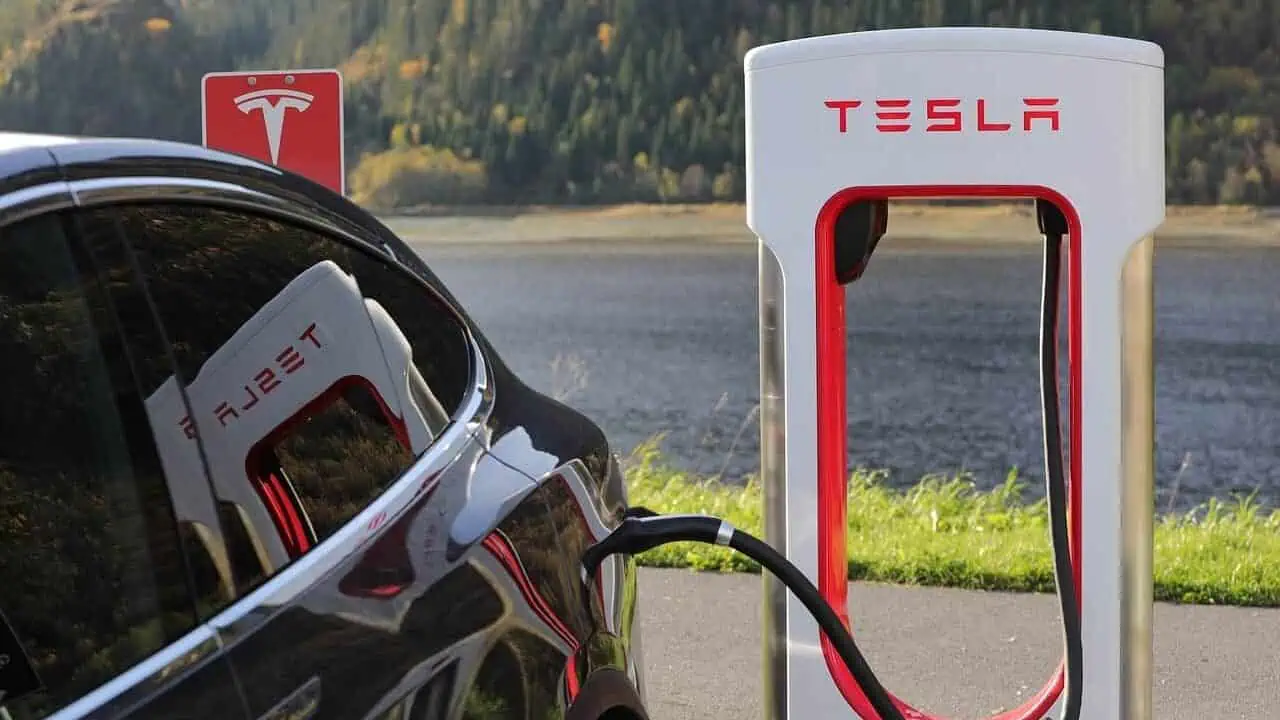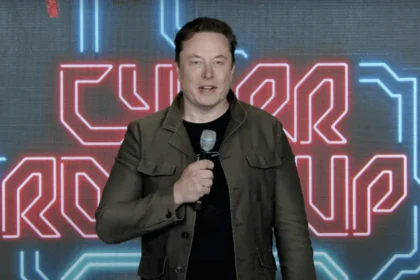The global adoption of electric vehicles continues to progress as governments worldwide promote them as a crucial approach to mitigating greenhouse gas emissions.
In effect, the growing need for reliable and accessible charging infrastructures has also intensified worldwide.
In that context, the industry introduced the widely accepted Combined Charging System (CCS). Major markets, including Europe, North America, and certain parts of Asia, have adopted it. The CCS supports AC and DC charging, enabling drivers to charge their EV batteries using both modes through a single charging port.
However, American electric automaker Tesla did not fully adopt the CCS. It has developed its own charging plug called North American Charging Standard (NACS), which aims to establish a unified approach to EV charging infrastructure. It ensures compatibility and interoperability between different charging stations and EV brands. Likewise, NACS supports both AC and DC charging, offering flexible options for EV owners.
Deciding between NACS and CCS
One of the primary considerations for EV owners is the charging speed. NACS charging stations can support up to 350 kilowatts of power like the CCS. With that, NACS-compatible EVs can charge from 0% to 80% in just 20-30 minutes.
Apart from that, a recent study also disclosed that more than 25% of CCS chargers were non-functional in the Greater Bay Area. Even further, these chargers showed no overall change in functionality for about 10% of Electric Vehicle Supply Equipment (EVSEs) tested after eight days.
On the other hand, a minor 4% of Tesla owners reported significant difficulties in the company’s charging network, demonstrating a higher reliability rate than CCS.
Another significant factor is Tesla’s ownership of 17,740 fast-charging ports in the US. The Department of Energy noted that the figure represents a staggering 62% of the overall DC fast-charging ports in the country. Additionally, Tesla’s Superchargers have seen continuous expansion and currently boast an uptime of over 99%.
Presented below is a brief comparative table highlighting the distinctions between the two charging standards:
| Tesla NACS | CCS | Winner | |
| Ergonomics | /Best10x easier to plug-in | XLarge connectorsPoor cable management | Tesla |
| Charge Station Reliability (Up-time) | /99.96% | X86% | Tesla |
| Performance | /900A+ | X500A | Tesla |
| Complexity | XComplicated technical design | /Simple | CCS |
| Plug N’ Charge | /Available | /Available | Both |
All that considered, NACS has progressively advanced as North America’s most reliable charging standard. In effect, several major electric automakers have already announced plans to adopt Tesla’s charging standard, including Ford, GM, Rivian, Volvo, and Polestar.
NACS advantages and safety concerns
Tesla-developed NACS offers several advantages over the CCS, such as the following:
- an incredibly small size
- simplicity of use
- integration into a streamlined charger and compatibility ecosystem
- tighter control of the connector and inlet design
It is also worth noting that Tesla managed to employ a compact design for NACS with AC and DC pins. However, it raised safety concerns as it connects a 400V DC battery to a grid as low as 120V AC, which can affect appliances and electrical systems.
To address that, Tesla developed its innovative Battery Management System (BMS), smart charge port door controls, and vehicle software to incorporate the necessary hardware redundancy.
Unfortunately, this fix does not apply to all OEMS. Nonetheless, those compatible with vertical integration or those in partnership with Tier 1 suppliers can secure a competitive edge through Tesla’s vast charging network.
See Also:
- Electrify America commits to adding Tesla’s NACS connector to its charging network by 2025
- Volvo announces plans to adopt Tesla-developed NACS for its EVs in North America
- SAE sets performance standards for Tesla NACS, paving the way for industry standardization
- Tesla’s NACS connector becomes mandatory for state funding, encouraging adoption by automakers
- Texas requires state-backed charging stations to include Tesla NACS
All that said, Tesla’s NACS may actually be the innovator of a standardized charging network in North America. The Musk-led company boasts a more robust charging infrastructure and offers faster charging capability.






